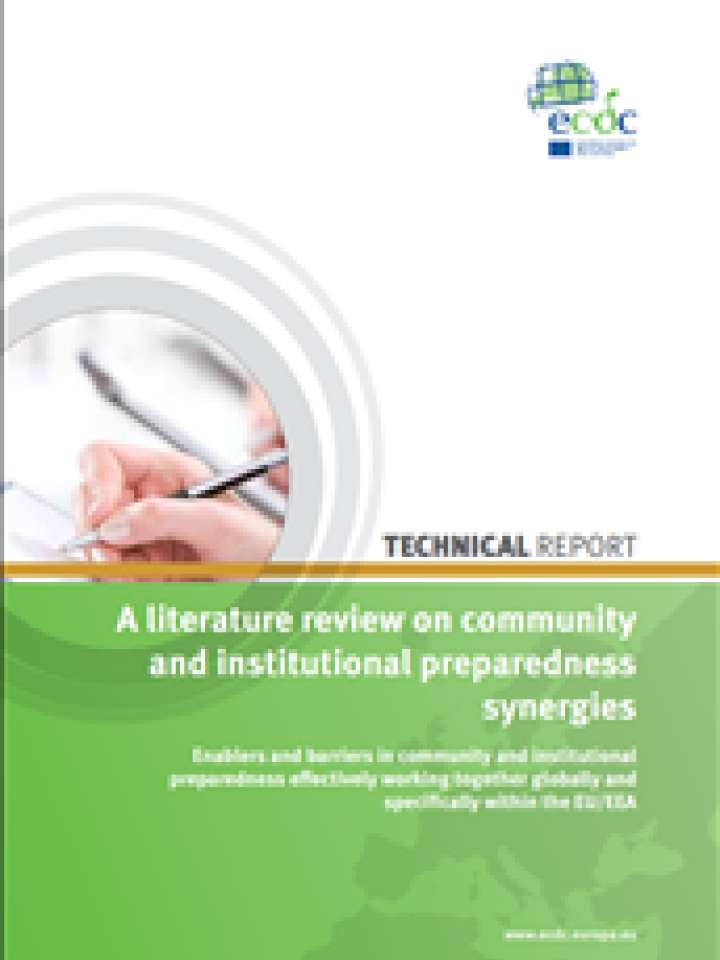A literature review on community and institutional preparedness synergies
This technical report highlights the importance of involving communities in all the phases of emergency preparedness, focusing on the factors that can enable or hinder the work of communities and institutions together to improve emergency preparedness. Recent public health emergencies, most notably Ebola, have shown the potential of community engagement as a resource that can either help or hinder institutional responses to emergencies. This outbreak also demonstrated that public health emergencies cannot be handled effectively without taking into consideration the perspectives of the involved communities.
The research shows that public health emergency preparedness often focuses on institutional capabilities alone, including provision of material and financial resources, technical expertise and political influence, while overlooking community capabilities. However, the success of institutional preparedness plans depends upon acceptance by the public to ensure that the execution of plans is complete and successful at community-level.
The report identifies a series of factors that can act as enablers and barriers of community and institutional synergies in emergency preparedness and concludes with a series of key messages on effective practices. It suggests that further research is needed in community and institution synergies in emergency preparedness focused on the ‘response’ and ‘recovery’ phases, as well as on the synergies in different areas of the world.
Explore further
